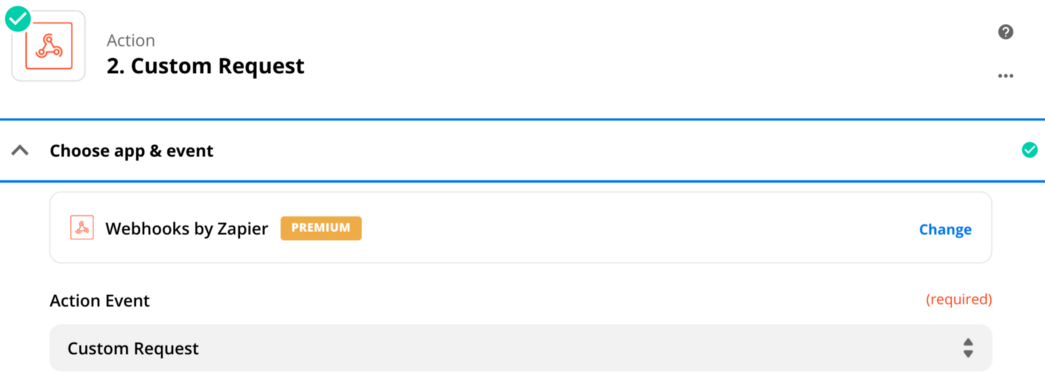Using Zapier, you can set up an employee retention flow built with Obviously AI that triggers when certain employees are predicted to leave the company.
No-code AI has made it possible for businesses of any size to optimize any KPI, given they have historical data.
This KPI could be customer churn, insurance claim approvals, pricing, lead conversion, or really anything else.
However, truly optimizing KPIs is about more than just building AI models. You need to implement those models and predictions in the real-world. What good is a prediction if it’s not acted upon? In this guide, we’ll explore how to build an AI model to predict employee attrition, and deploy it via Zapier.
Machine Learning in Zapier
Zapier is a no-code automation tool that makes it easy to connect the software you use and automate tasks.
Let’s explore how to build and deploy an employee attrition model using Obviously AI and Zapier.
1. Building An Employee Attrition Prediction Model
To start, simply make a Pro account on Obviously.AI — you get a 14-day free trial, with no credit card needed to sign up.
Once you log-in, you’ll see a dashboard with an “Add Dataset” icon on the left. For this example, we’ll use a dummy employee attrition dataset made by IBM. Just download that linked CSV, and upload it to Obviously AI.

After clicking to upload a CSV file, you’ll need to verify the dataset, and simply check off that the first row is the column names and that all requirements are met.

Now, we select the column we want to predict, which is called “attrition.”

And we’re done! After waiting a few moments, we’ll have an accurate machine learning model to predict employee attrition, and we can see the drivers behind attrition, build employee personas, and more. Let’s move on to building a Zapier sequence, so you can deploy these predictions in the real world.

2. Building a Zapier Flow
Now, make a free Zapier account, if you haven’t already. We’ll start by connecting Zapier to a dataset of our employees. For this demo, our dataset will be a simple Google Sheets, so we’ll select “New Spreadsheet Row in Google Sheets” as the trigger to activate a Zapier sequence.
After selecting that trigger, I simply located my employee Google Sheet, which I titled “Employees.”

This sheet should have the exact same column names and data types as the file I used to make the predictive model (minus the actual target column of attrition).
For instance, since my training data had columns like Age, BusinessTravel, DailyRate, and so on, I use those exact columns in this Google Sheet.

Next, we’ll select “Webhook,” and then “Custom Request.” This is how we’ll integrate with Obviously AI.

To set up the Custom Request, add in these details:
- Method: POST
- URL: https://api.obviously.ai/user/persona
- Data: read this documentation
- Headers: Authorization | ApiKey {ENTER_API_KEY}
The “Data” field is how you pull information from Google Sheets into Zapier, like so:

Simply match up the column names in your data with the column names used in your model.
To set it all up, you’ll also need your Report ID and API key. Your API key can be found in your account, which gets added as a “Header” in Zapier. To get the Report ID, head to the “Export Predictions” tab in Obviously AI, and click on the shareable report link.

The Report ID is the ID you see in that URL. In the example above, it’s “cff97990–7385–11eb-9a76-af3704ed1fd7.” As you can see in the documentation, this gets added in the bottom of the “Data” field in Zapier.
Now, we can test our Zap, which sends data from our employee sheet to our employee attrition model, and we’ll get the probabilities of attrition as an output. With these predictions in Zapier, we can now do anything we want with them: Send them to a Slack channel, send an email to our team, add the prediction to our sheet, or anything else.

For now, let’s just update our sheet with the probability of an employee quitting. This can be done with the action titled “Update Spreadsheet Row in Google Sheets.”

Then, all the way at the bottom, add the aforementioned probability of attrition to the last column.

Now, let’s create a “filter” in Zapier to send us warnings when an employee is at a particularly high risk of quitting. Below, I set up a filter that gets activated when the probability of attrition is higher than 70%.

If the probability of a given employee quitting is higher than 70%, I can get an email with the details, allowing me to take action to prevent attrition before it happens.

Summary
Zapier is a powerful way to automate practically anything in your workflow. With Obviously AI, you can integrate the power of machine learning to create AI-driven workflows, including to minimize employee attrition.

















